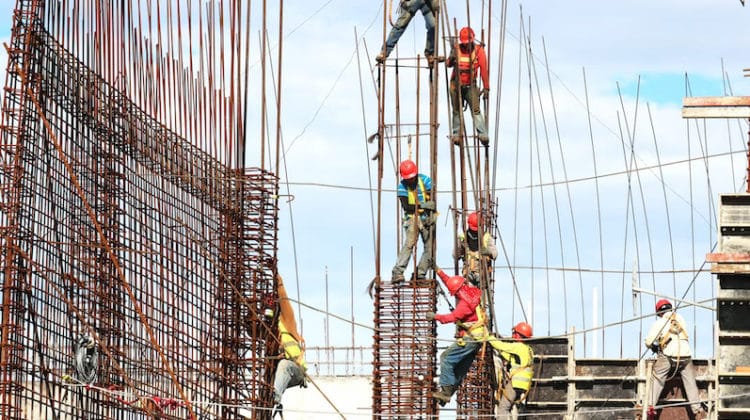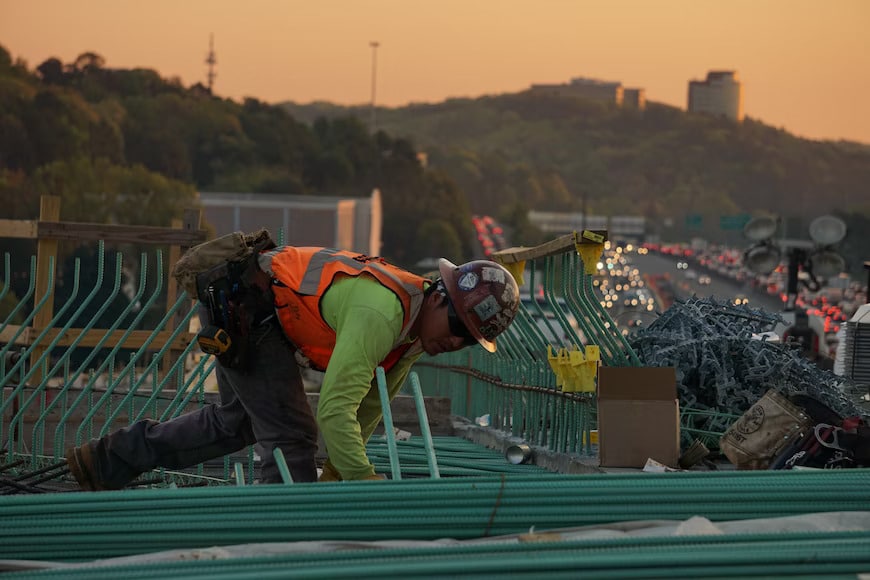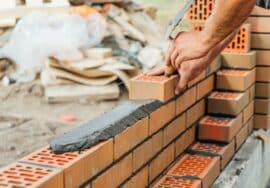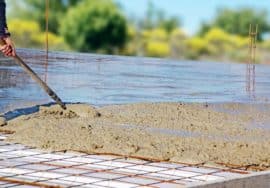
The Ultimate Guide to Rebar Takeoff: How to Efficiently Estimate Rebar Quantities for Your Construction Projects
As a construction professional, you know how important it is to have accurate estimates for your project’s material requirements. One critical material used in construction is rebar, which reinforces concrete structures and adds strength to buildings, bridges, and other infrastructure. Rebar takeoff is a vital process that determines the quantity of rebar needed for a project, and it is essential to get it right to avoid delays, cost overruns, and safety issues.
In this ultimate guide, we will walk you through the rebar takeoff process and provide you with tips and best practices to help you estimate rebar quantities accurately and efficiently. Whether you’re a seasoned contractor or a novice estimator, this guide will give you the knowledge and tools you need to take your rebar takeoff game to the next level.
What is Rebar Takeoff?
Rebar takeoff is the process of estimating the amount of rebar required for a construction project. It involves reviewing project plans and specifications, identifying rebar placements, calculating lengths, and determining the number of bars required for each placement. The takeoff process includes several steps, and it can be time-consuming and complicated, especially for large or complex projects.

Why is Rebar Takeoff Important?
Accurate rebar takeoff is crucial for several reasons. First, it helps you order the right amount of rebar, which ensures that you have enough materials to complete the project without delays or interruptions. Second, it helps you avoid waste and minimize material costs, which can add up quickly on large projects. Third, it helps you identify potential problems or design issues before construction begins, allowing you to make adjustments and avoid costly mistakes.
Steps in the Rebar Takeoff Process
The rebar takeoff process can vary depending on the project’s size and complexity, but it generally involves the following steps:
Step 1: Review Project Plans and Specifications
The first step in the rebar takeoff process is to review the project plans and specifications carefully. This includes the architectural, structural, and civil plans, as well as any special instructions or requirements. Pay particular attention to the rebar schedules, notes, and details, as these provide essential information on rebar size, spacing, and placement.
Step 2: Identify Rebar Placements
Once you have reviewed the project plans, you need to identify all the rebar placements. This involves marking up the plans to show where the rebar will be located, including beams, columns, walls, slabs, and footings. You may also need to identify any special or unique rebar placements, such as rebar cages or dowels.
Step 3: Calculate Rebar Lengths
After you have identified the rebar placements, you need to calculate the lengths of each bar. This involves measuring the distances between rebar placements and adding the necessary laps, hooks, and bends. You may also need to consider any cutting or splicing requirements.
Step 4: Determine Bar Quantities
Once you have calculated the rebar lengths, you need to determine the number of bars required for each placement. This involves dividing the total length by the length of each bar and rounding up to the nearest whole number. You may also need to consider any wastage or scrap allowances.
Step 5: Compile Rebar Quantities
Finally, you need to compile all the rebar quantities into a summary sheet or spreadsheet. This sheet should list all the rebar sizes, quantities, and placements, as well as any notes or special instructions. You can use this sheet to order the required materials and communicate the rebar requirements to the construction team.
Tips for Efficient Rebar Takeoff
Rebar takeoff can be a time-consuming and challenging task, but with the right approach and tools, you can streamline the process and increase your efficiency. Here are some tips to help you takeoff rebar efficiently:
Use digital takeoff software:
Digital takeoff software can help you streamline the rebar takeoff process by automating many of the calculations and allowing you to work faster and more accurately. Some popular options include Bluebeam, PlanSwift, and On-Screen Takeoff.
Familiarize yourself with the project plans:
Before starting the takeoff, spend some time familiarizing yourself with the project plans and specifications. This will help you identify rebar placements more quickly and avoid mistakes.
Use color coding:
Consider using color coding or highlighting to mark up the plans and make it easier to identify rebar placements and lengths.
Standardize your estimating methods:
Standardizing your estimating methods can help you work more efficiently and consistently, reducing the risk of errors and inconsistencies. This includes using standard formulas, templates, and checklists.
Collaborate with the design team:
Collaborating with the design team can help you identify potential issues or conflicts early on and avoid delays or rework. Consider setting up regular meetings or calls with the design team to review plans and resolve any issues.
Practice and refine your skills:
Like any skill, rebar takeoff takes practice to master. Consider taking courses, attending workshops, or practicing on smaller projects to refine your skills and improve your efficiency.
Conclusion
In conclusion, accurate and efficient rebar takeoff is critical to the success of any construction project. By following the steps and tips outlined in this guide, you can streamline your rebar takeoff process and improve your estimating accuracy.
If you are looking for professional rebar estimating services, our company, Bids Estimating, can help. Our experienced team of estimators uses the latest digital takeoff software and standardized estimating methods to provide accurate and reliable rebar takeoff services for projects of all sizes and complexities. We work closely with the design team to identify potential issues and ensure that all rebar requirements are met on time and within budget.
At Bids Estimating, we pride ourselves on our commitment to quality, accuracy, and customer satisfaction. We understand the importance of accurate and efficient rebar takeoff, and we are dedicated to providing the highest level of service to our clients. Contact us today to learn more about our rebar estimating services and how we can help you with your next construction project.
FAQs
What is the difference is between rebar takeoffs and rebar detailing?
Rebar takeoff involves quantifying and ordering the steel reinforcement needed for a construction project, while rebar detailing involves creating detailed drawings and specifications for the placement and spacing of the rebar.
What software is best for conducting a rebar takeoff?
There are several software options available for conducting a rebar takeoff, including Bluebeam, PlanSwift, and RebarCAD.
How can I optimize my rebar takeoff process?
You can optimize your rebar takeoff process by using specialized software, collaborating with the project team, staying up-to-date with building codes and standards, double-checking your calculations, and keeping detailed records.
Can I conduct a rebar takeoff manually?
Yes, it is possible to conduct a rebar takeoff manually, but it can be time-consuming and is more prone to errors than using specialized software.
What happens if I order too much or too little rebar for my project? Ordering too much rebar can result in unnecessary costs and waste, while ordering too little can result in delays and safety issues. It’s important to ensure that you order the correct quantities of rebar based on your calculations and the requirements of your project.











